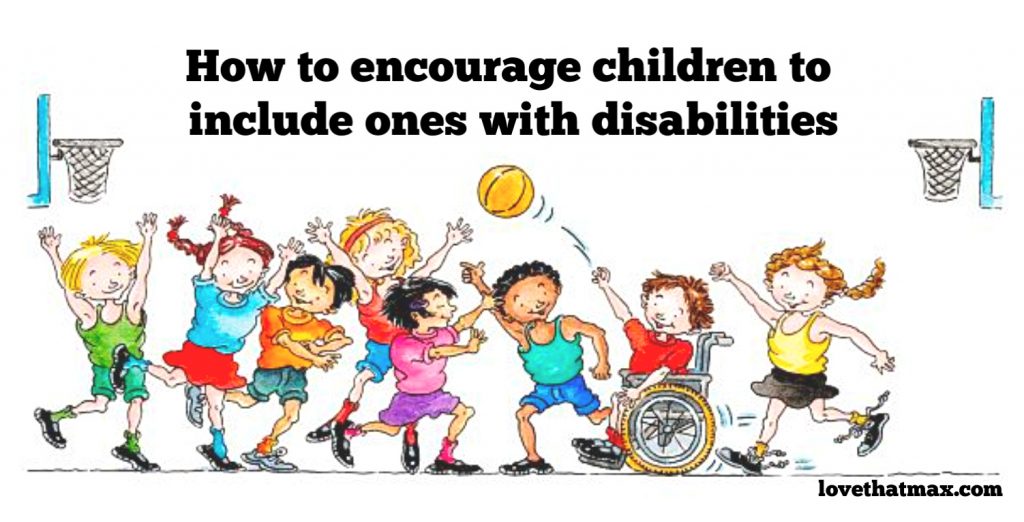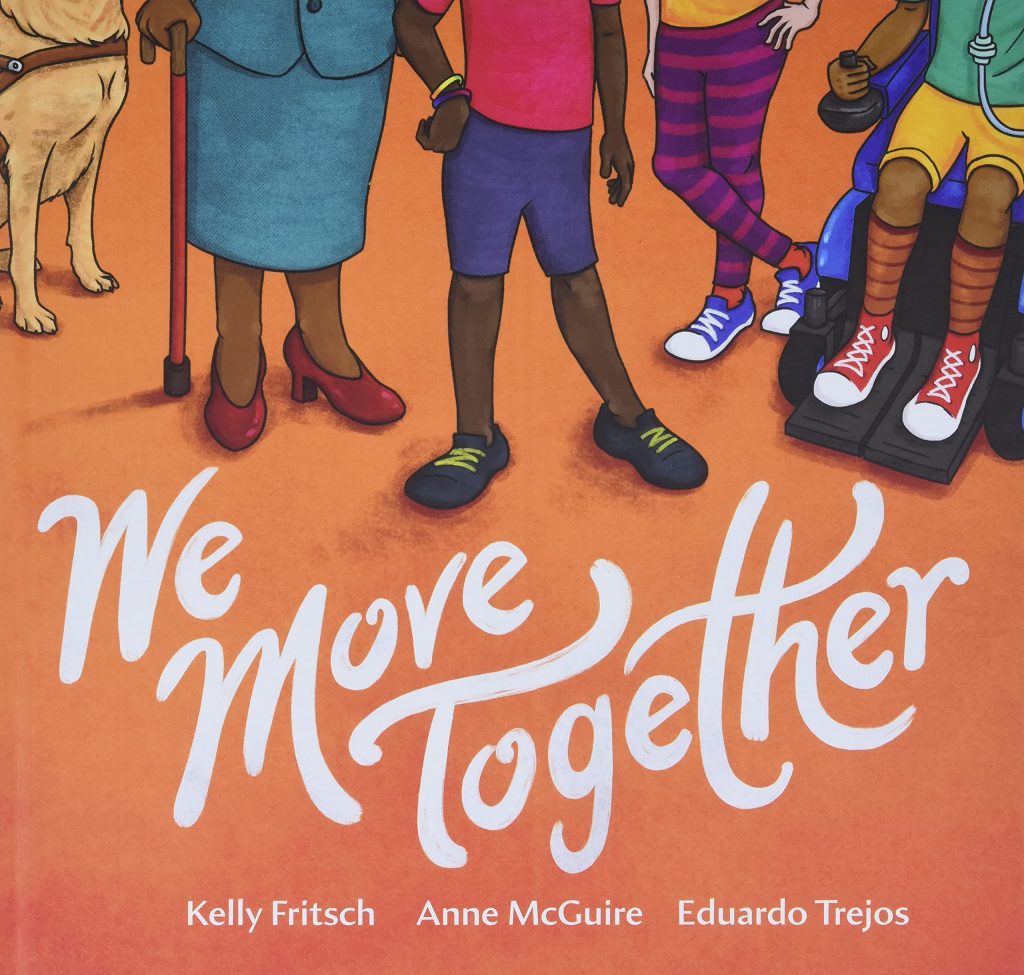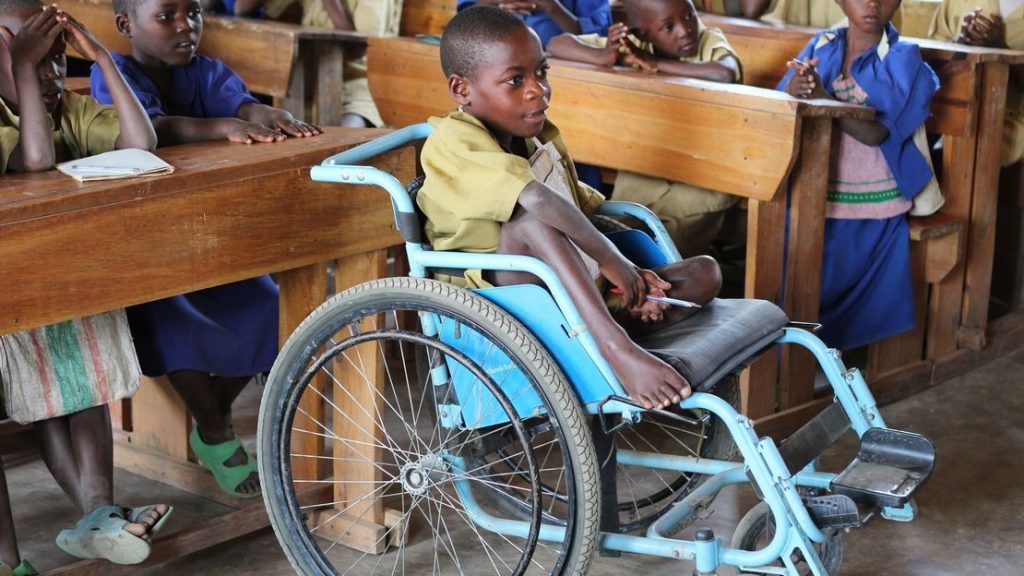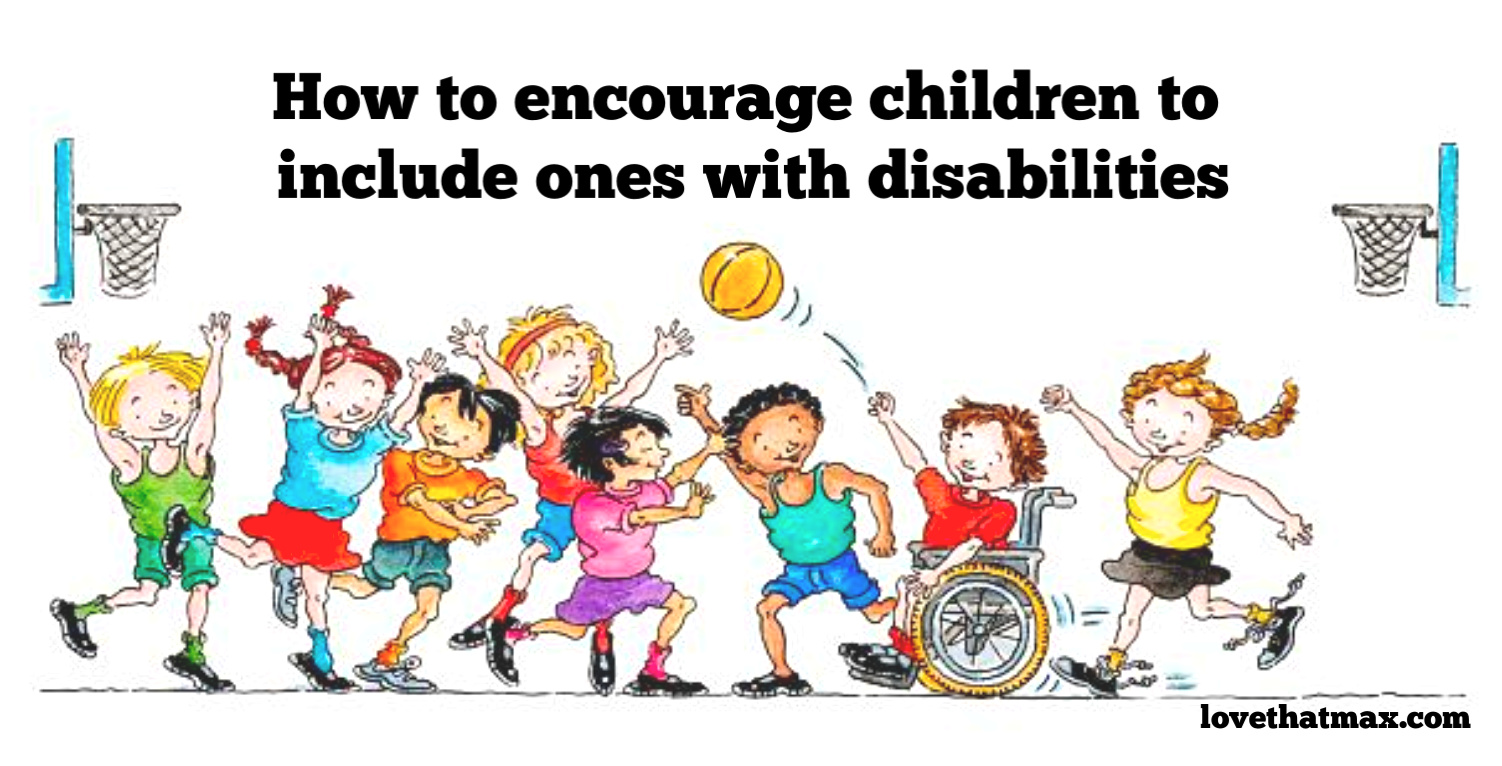
At some point, your child (ren) will come across other kids with special needs. It’s important that kids know how to accept their peers despite their physical and mental differences, as being able to get along with one another benefits everyone.
Here are ideas on how to teach kids to accept people with disabilities.
1. Teach them about Differences Among People
Children need to know that we all have our differences— each of us possesses unique challenges and strengths. First and foremost, we’re all still people, with various characteristics that make up who we are. Disability doesn’t define who we are.
Explain to children that peers with special needs might take a longer time to do some things.
Sometimes they may need extra help or special technology. Tell children that not all kinds of special needs can be easily seen, and they can’t ‘catch’ (be infected) a disability from someone. Try and use simple, relatable words when you are talking to children about the topic. Remember to set a safe space for them to ask questions and be curious about special needs.

2. Introduce Materials That Discusses Diversity to Children
A great way to get children to learn about disabilities is through educational material that discusses the topic — in a child-friendly, uncomplicated fashion. On YouTube, for instance, Sesame Street has episodes that highlight children with special needs.
There are also a number of children’s books that touch on disabilities, such as the famous illustration book for kids with special needs, We Move Together by Kelly Fritsch and Anne McGuire.
3. Everyone Needs a Friend
We may have our differences, but people are also similar in some fundamental ways. Remind children that every child likes feeling included and appreciated. This is why making friends is a wonderful way to celebrate and support one another.
You could suggest ways for children to make friends with peers who have special needs. Encourage children to approach them and get to know them better.

4. Set an Example
It’s common knowledge that children learn a lot from observing others. As adults, children are watching us for clues on how to behave in different situations. Be a role model to children by setting the right example. Show warmth and empathy to people with special needs, and talk to parents who have kids with disabilities. Get to know them, their challenges, and how you can help encourage inclusion.
Most importantly, teach children patience. Learning to communicate well with someone who has special needs can take some time, as it requires understanding the individual better and recognizing that each person may do things at their own pace.
